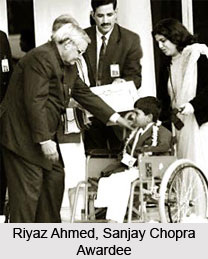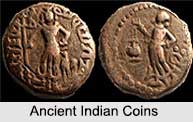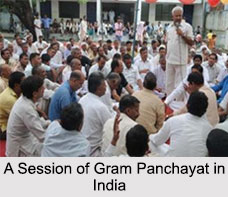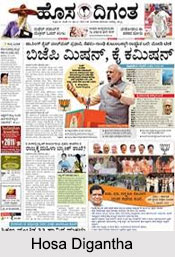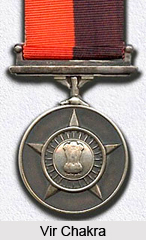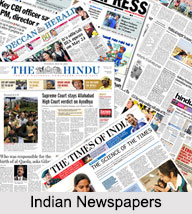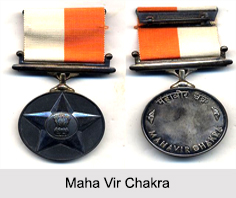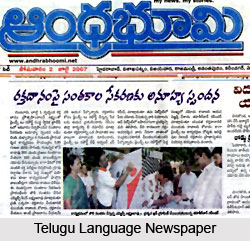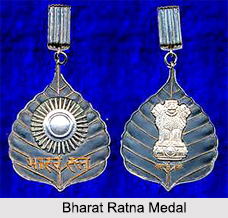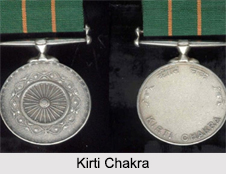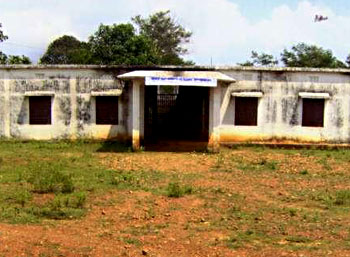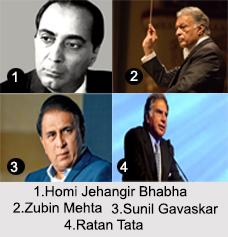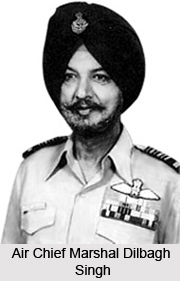 Air Marshal Dilbagh Singh was born on 10th March 1926 in Punjab. From his childhood he was very interested in flying. He was commissioned in the Indian Air Force in 1944 and was appointed to the No.1 Squadron flying Hurricanes. Dilbagh Singh was the second Sikh Chief of Air Staff of the Indian Air Force after Air Marshal Arjun Singh. Dilbah Sing participated in the operation during the tribal invasion of Kashmir in 1947. He actively took part in the fly operations in a Spitfire from Srinagar and flew stories as part of No.10 Winged Daggers Squadron against Pakistan forces. For his exceptional courageousness in this operation he was Mentioned-in-Dispatches.
Air Marshal Dilbagh Singh was born on 10th March 1926 in Punjab. From his childhood he was very interested in flying. He was commissioned in the Indian Air Force in 1944 and was appointed to the No.1 Squadron flying Hurricanes. Dilbagh Singh was the second Sikh Chief of Air Staff of the Indian Air Force after Air Marshal Arjun Singh. Dilbah Sing participated in the operation during the tribal invasion of Kashmir in 1947. He actively took part in the fly operations in a Spitfire from Srinagar and flew stories as part of No.10 Winged Daggers Squadron against Pakistan forces. For his exceptional courageousness in this operation he was Mentioned-in-Dispatches.
After that Air Marshal Dilbagh Singh was sent to Afghan Air Force cadets for Flying Instructors training programme. On promotion to Squadron Leader he was posted to the Ambala Air Base as Officer In Charge of Flying in 1954.In the next year he got his first command and was given the charge of No.2 Squadron flying Spitfire XVIIIs. In 1956 he moved to France for training on Mystere IV-A fighter. After completing training Air Marshal Dilbagh Singh came back to India and commanded the No.1 Squadron flying the Mystere IV-A at Kalaikunda. He assumed the first official `Supersonic Bang in New Delhi. After few years Air Marshal Dilbagh Singh was appointed as the chief instructor of Armament Training Wing. He was the chief trainer of the first batch of seven `chosen` pilots and 15 engineers at an airbase in Kazakhstan. In 1962 he was selected for the training on MiG-21F, which was bought from the USSR. After completing five months training Dilbagh Singh returned to India and created No.28 First Supersonics Squadron- the first supersonic squadron of India.
In 1965 Air Marshal Dilbagh Singh was appointed at the Air Headquarters as Deputy Director (Weapons). After the 1965 war he was promoted to the rank of Group Captain and served at Halwara AFB. During 1971 war against Pakistan Dilbagh Singh was the commanding officer of Lohegaon AFB, near Pune.He fought bravely in this war. Later he was appointed as Senior Air Staff Officer in the Western Air Command. In 1978 he rose to the rank of Air Officer Commanding in Chief (AOC-in-C) of Western Air Command. Air Chief Marshal Dilbagh Singh was awarded the Vayu Sena Medal and Param Vishist Seva Medal for dedicated service to the nation.
1981 he assumed the charge of Chief of Air Staff of Indian Air Force and served next three in this post. He had over 5000 hours flying experiences in 40 years of service.





